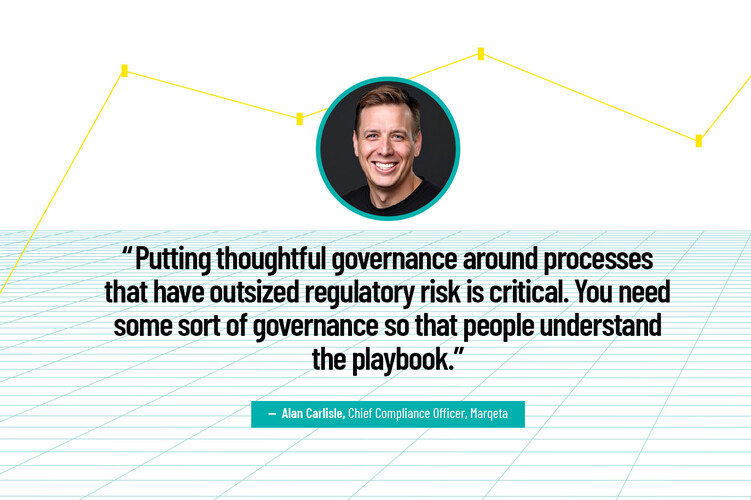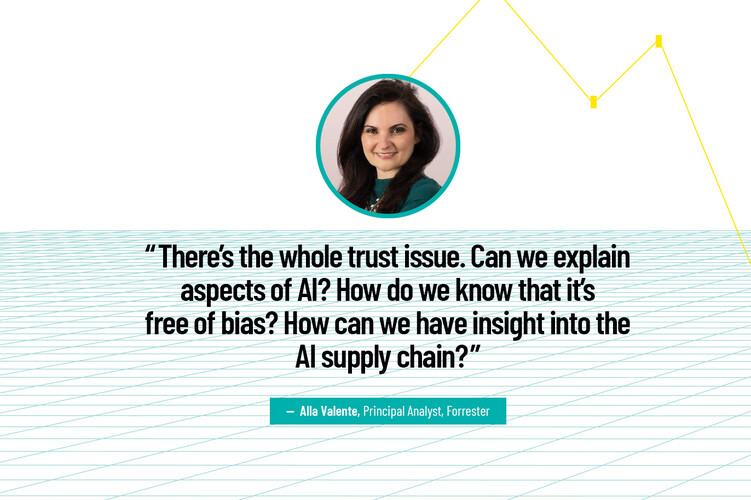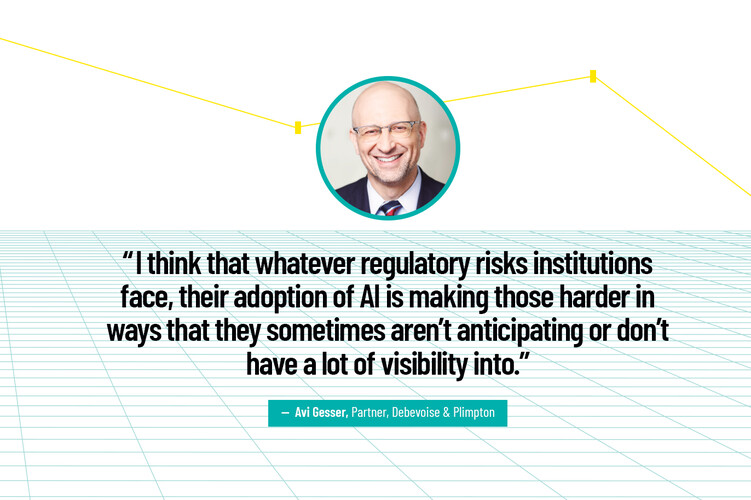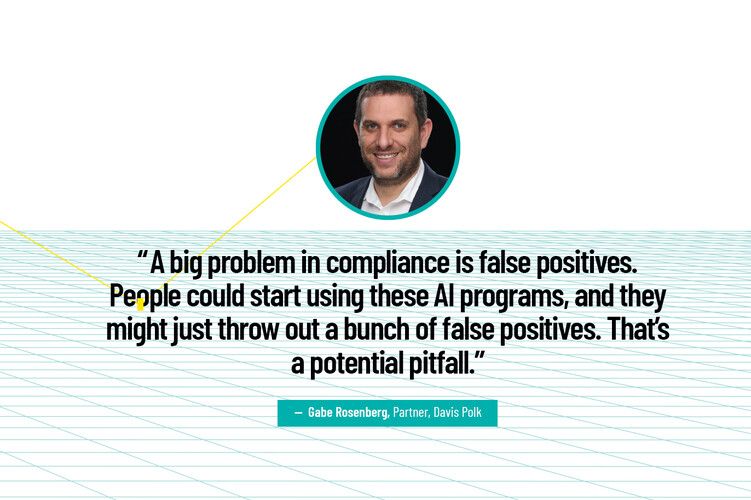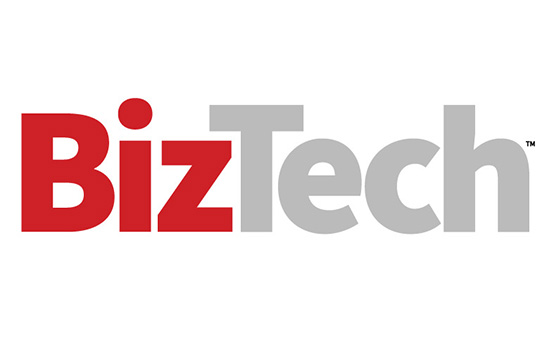BIZTECH: What are the most significant regulatory compliance challenges financial services institutions are facing in 2025?
VALENTE: There is a widening gap between different regulatory perspectives and regulatory regimes across different nations. It’s not just a lack of harmonization; it’s vastly different approaches to regulations.
Throw into the mix that we have speed of innovation that really changes what the technology landscape looks like across all financial services organizations. And financial institutions have to ask ourselves, “OK, we have this amazing technology moving really quickly, bringing lots of innovation, but is regulation keeping up with this speed of innovation?”
GESSER: I think that whatever regulatory risks institutions face, their adoption of AI is making those harder in ways that they sometimes aren’t anticipating or don’t have a lot of visibility into. So, there are the known unknowns and then there are the unknown unknowns for them.
And I think they are not necessarily staffed with the appropriate resources to address those additional risks, and therefore they’re moving slowly. And now, they’re under increased pressure to move quicker and are prioritizing which use cases and which tools to approve, and who does that approval.
CARLISLE: I think the challenge is regulatory change management. When you have regulation coming down that has been somewhat unpredictable from a federal perspective, it does make it difficult to respond and adapt to ensure that you’re staying ahead, whether it’s proposed legislation or proposed rulemaking, because things are being reset, things are being withdrawn.
ROSENBERG: The previous administration put the brakes on from a legal and regulatory standpoint for new technologies in the financial sector — digital assets and crypto, for example. If and when the restrictions ease somewhat, and those technologies make their way into the more traditional financial sector, compliance departments and professionals are going to need to develop a regime around these new technologies, because they’re new.








